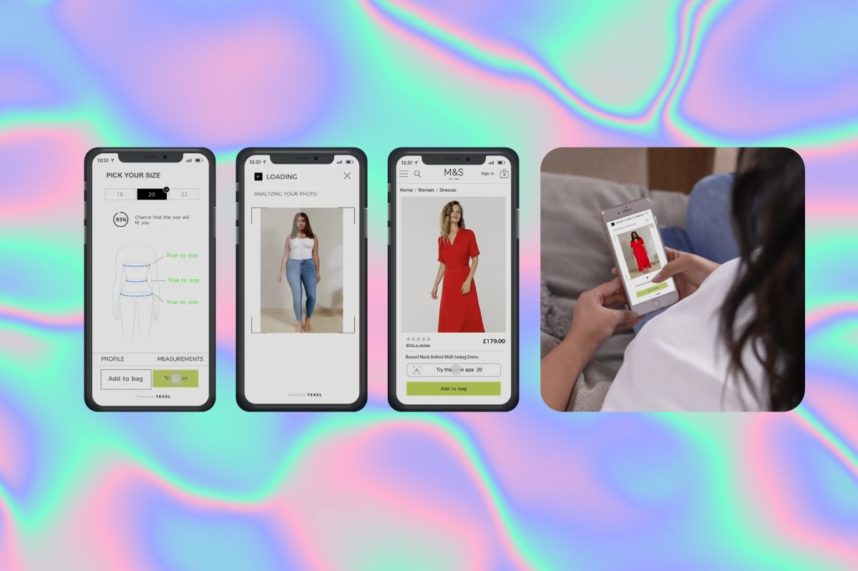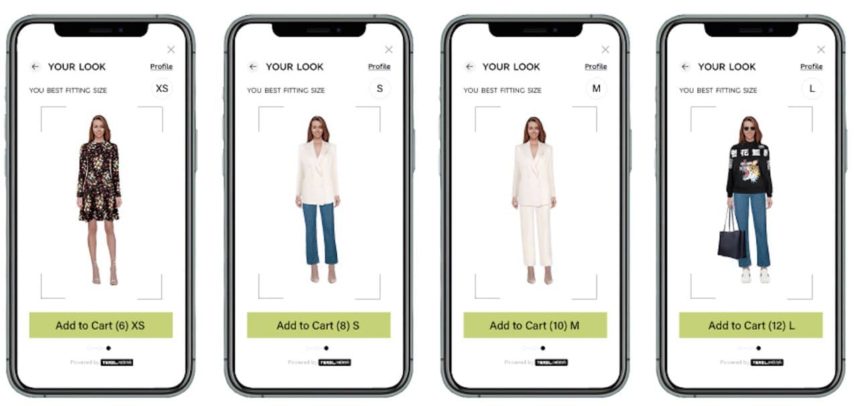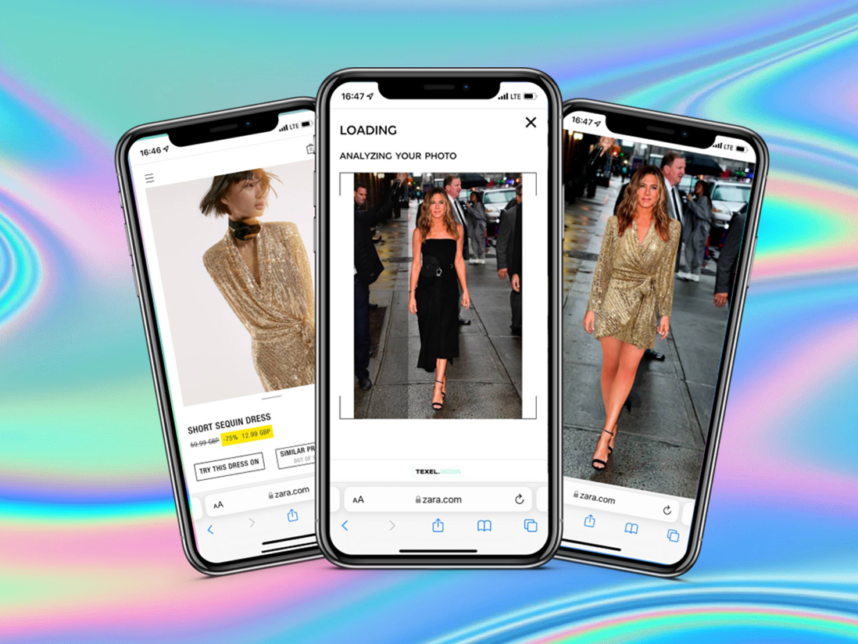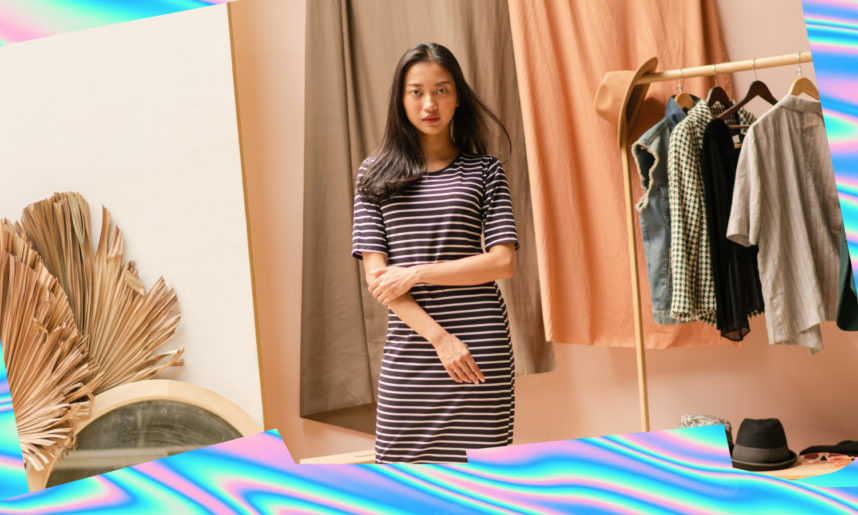Fashion Retail: Why personalising customer experience is the key to success
Fashion | Ecommerce
16.12.2021

Due to various challenges posed by the Covid-19 pandemic, the fashion retail market is becoming ever more saturated and complex. As a result, companies find it increasingly difficult to stand out from the crowd. Whilst traditional approaches to differentiation such as product selection, pricing and promotions are failing to bring in any results, businesses are on the lookout for new ways to stay current and popular.
Personalisation is one approach that can help businesses to achieve exactly that through creating unique customer experiences. Such business transformation can become a key competitor advantage when executed well and at scale. The advances of modern day technology enable businesses to start their own personalisation journey and bring additional value to their customers.
80% of consumers are more likely to make a purchase from a brand that provides personalised experiences. - Epsilon
Consumers have grown to enjoy and expect personalisation throughout their interactions with the retail brands. As of today, 71% of consumers claim that they feel frustrated if their shopping experience is impersonal. As Amazon and other big players in the retail space are making personalisation an indispensable part of the shopping experience, the same is now expected from the rest of the brands. With 89% of digital businesses already investing in personalisation, the rest of the businesses have no time to waste in keeping up with the new trend.
Due to increasing personalisation consumer expectations, brands must respond and adapt to this demand. If companies are able to execute their personalisation strategies well, they will not only address a popular trend, but will also thrive as a result. According to Boston Consulting Group (BCG), greater personalisation increases customer spending. Consumers indicate that when a shopping experience is highly personalised, they are 110% more likely to add extra items to their shopping basket and 40% more likely to spend more than they planned.
A large-scale personalisation roll-out can also contribute to a 2%+ increase in total sales by improving customer loyalty and potentially reducing the marketing and sales spending by up to 20%.
This being said, personalisation is a strong driver for improving the bottom line with 80% of businesses seeing an uplift since implementing personalisation.
Personalisation drivers: Digital avatars and virtual fitting rooms
Data has become one of the most valuable resources that is required to implement successful personalisation strategies in fashion retail. Client’s behavioural patterns, transactional data and demographics data is crucial for providing a personalised shopping experience. The latter type of data is the hardest to obtain as shoppers do not generally input their own body measurements on the website, and instead order the product sizes that they think might be most suitable for them. Due to the varying product size charts that brands use to produce garments, selecting the correct size is often difficult for the customer. This results in large quantities of product returns and an overall disappointing shopping experience.

The size advice and virtual try-on widget helps to overcome this problem by collecting the basic body metrics such as height, weight and age, and providing a personalised size recommendation. The accuracy of such technology is ensured by one of the largest proprietary datasets of 150,000+ full body 3D scans over 30 countries. This solution does not however only provide an accurate size recommendation, but also recreates a digital avatar of the clients with a detailed body metrics break down. Such a feature helps customers to understand the exact product fit in the chest, waist and hips area allowing them to compare the fit of different size options and choose the most suitable product fit for themselves.
This technology also opens up new personalisation opportunities for the premium fashion brands. As progress in this field is continuous, it will soon be possible to produce personalised tailor-made garments quickly and at scale. This will eliminate the need for the clients to look for a particular product size altogether.
For the mass-market segment, virtual fitting rooms will bring valuable data regarding the real body measurements of their consumer group. By segmenting this data by country, region or area, the companies will be able to adjust the size charts and fit mannequins accordingly to produce better fitting garments.
The virtual try-on feature also provides valuable insights into the style preferences of a customer. As the users try-on different garments, AI is capable of suggesting new products to complete or enhance the look. Based on the pilot projects with the leading fashion retailers, this technology is capable of significantly increasing the time spent on site, improving the conversion rate, as well as increasing the average order value and reducing the number of product returns.
Would you like to achieve a new level of customer experience personalisation? Reach out, and we will help you to do just that.







